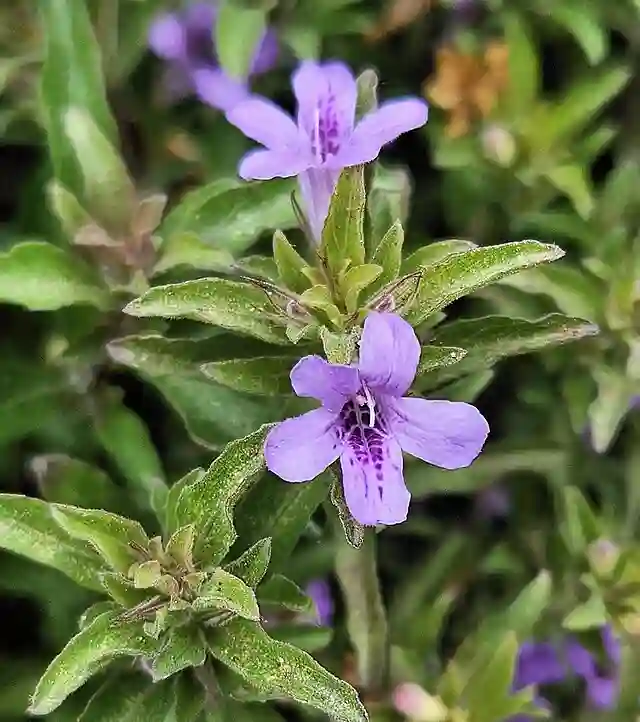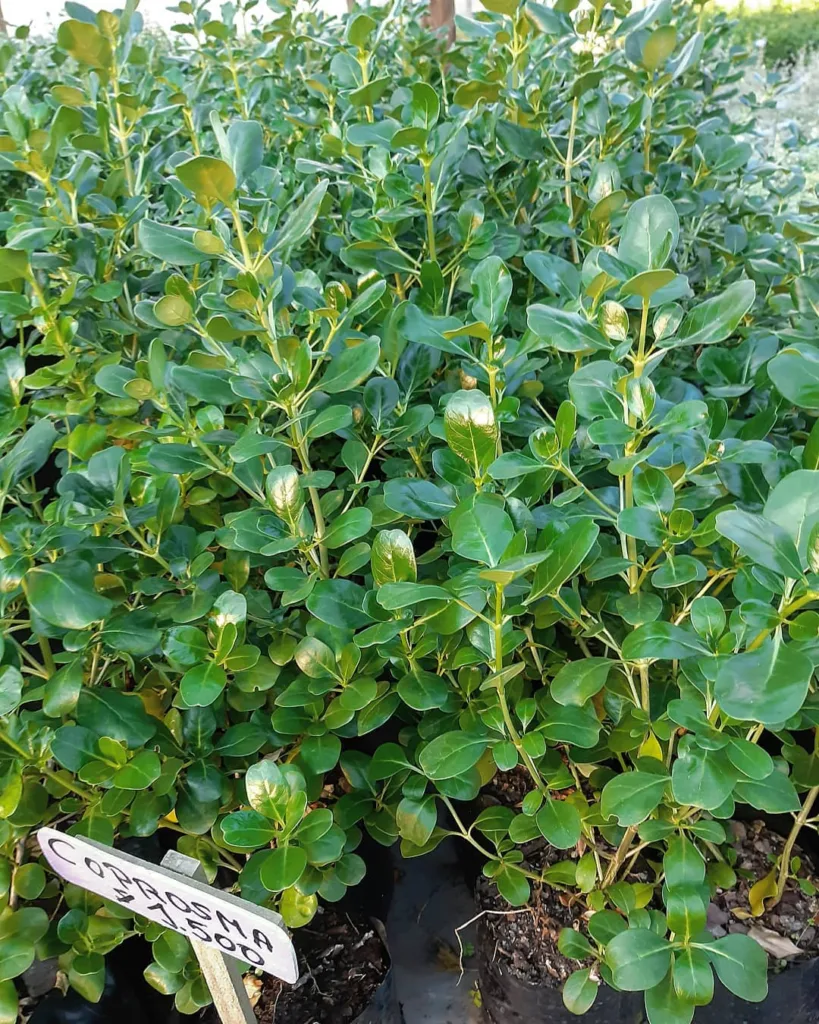When it comes to versatile and visually appealing shrubs, the Petite Butterfly Sweet Pea Shrub, scientifically known as Polygala Fruticosa Petite Butterfly, is one of my top choices. This charming plant is not just a treat for the eyes, but also relatively easy to care for, making it an excellent addition to any garden. Over the years, I’ve had the pleasure of growing and maintaining these shrubs, and I’ve gathered plenty of insights that I’d like to share.
What is the Petite Butterfly Sweet Pea Shrub?
The Petite Butterfly Sweet Pea Shrub is a compact, evergreen shrub known for its beautiful purple-pink flowers that resemble sweet peas. This plant is a real gem, offering year-round interest with its continuous bloom cycle. The flowers attract bees, butterflies, and hummingbirds, making it a great choice for a pollinator-friendly garden. With its dense foliage and small size, typically growing to about 3 feet in height and width, it’s perfect for both small and large gardens.
How to Care for the Petite Butterfly Sweet Pea Shrub?
Caring for the Petite Butterfly Sweet Pea Shrub is straightforward, which is why I love recommending it to both beginner and experienced gardeners. Here are some key points on Petite Butterfly Sweet Pea Shrub care:
1. Light Requirements:
This shrub thrives in full sun to partial shade. In my experience, providing it with at least six hours of sunlight daily helps to encourage a robust bloom. However, if you live in an area with extremely hot summers, a bit of afternoon shade can prevent leaf scorch.
2. Soil Needs:
One of the things I appreciate about the Petite Butterfly Sweet Pea Shrub is its adaptability to different soil types. While it prefers well-drained soil, it can tolerate a variety of conditions, from sandy to loamy soils. I’ve found that adding organic matter to the soil before planting helps to improve its overall health and blooming potential.
3. Watering:
Though drought-tolerant once established, regular watering is essential during the first growing season. I typically water my Petite Butterfly Sweet Pea Shrubs once a week, increasing the frequency during particularly hot or dry spells. It’s important to avoid overwatering, as this can lead to root rot.
4. Fertilizing:
Fertilizing is not a strict requirement, but it can boost the plant’s growth and flowering. I use a balanced, slow-release fertilizer in the spring, which seems to do the trick. If you notice a decline in blooming, a light feed with a high-phosphorus fertilizer can encourage more flowers.
5. Pruning:
Pruning is key to maintaining the Petite Butterfly Sweet Pea Shrub’s compact shape and encouraging new growth. I usually prune mine in late winter or early spring, removing any dead or damaged branches. A light trim after the main flowering period can also promote a second bloom.
How to Propagate the Petite Butterfly Sweet Pea Shrub?
Propagation is a rewarding process if you’re looking to expand your garden or share this beautiful shrub with friends. I’ve had success with both seed propagation and cuttings, but I find cuttings to be the most straightforward method.
1. Taking Cuttings:
In late spring or early summer, I take semi-hardwood cuttings, about 4-6 inches long. After removing the lower leaves, I dip the cut end in rooting hormone and plant it in a pot filled with a mix of peat and perlite. Keeping the soil moist and placing the pot in a warm, shaded area encourages root development. Within a few weeks, you should see new growth, signaling successful rooting.
2. Growing from Seeds:
While growing from seeds is possible, it’s a slower process. I usually sow seeds in early spring, using a well-draining seed-starting mix. It’s important to keep the soil moist but not waterlogged. Germination can take several weeks, so patience is key.
What to Plant with the Petite Butterfly Sweet Pea Shrub?
Companion planting is something I consider carefully in my garden, and the Petite Butterfly Sweet Pea Shrub pairs well with various plants. I’ve found that it looks stunning when planted alongside lavender, rosemary, or other drought-tolerant perennials. These companions not only complement the shrub’s colors but also share similar growing requirements, making them easy to care for together.
Common Problems and Solutions
Like any plant, the Petite Butterfly Sweet Pea Shrub can encounter issues, but they are generally minor and easy to manage.
1. Pests:
Aphids and spider mites can sometimes be a problem, especially in dry conditions. I usually spot-treat these pests with a strong stream of water or an insecticidal soap spray.
2. Diseases:
Root rot can occur if the plant is overwatered or planted in poorly drained soil. Ensuring proper watering practices and good soil drainage is the best prevention.
3. Leaf Drop:
Occasionally, I’ve noticed leaf drop in my shrubs, usually due to stress from drought or too much water. Adjusting the watering schedule typically resolves this issue.
Final Thoughts
The Petite Butterfly Sweet Pea Shrub, or Polygala Fruticosa Petite Butterfly, is a delightful addition to any garden. With its vibrant flowers, easy care routine, and ability to attract pollinators, it’s no wonder this plant has become a favorite of mine. Whether you’re an experienced gardener or just starting out, I believe this shrub is a worthy investment for your garden.
If i die, water my plants!


